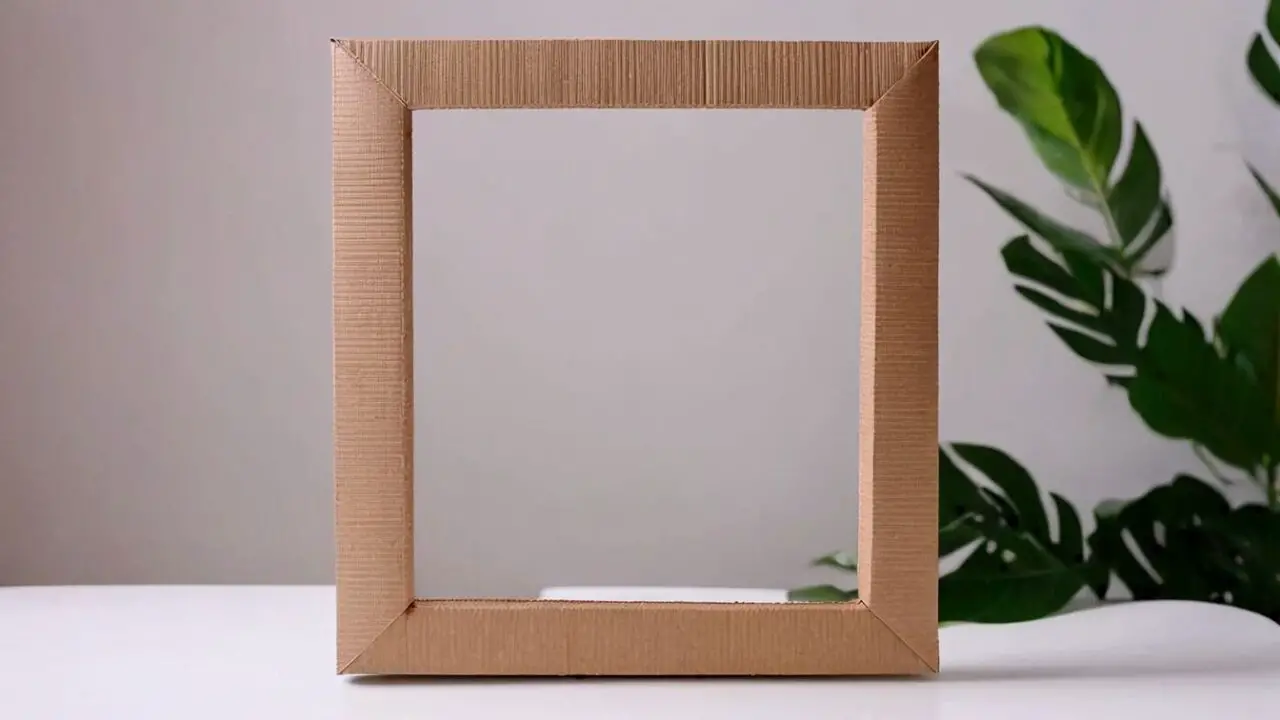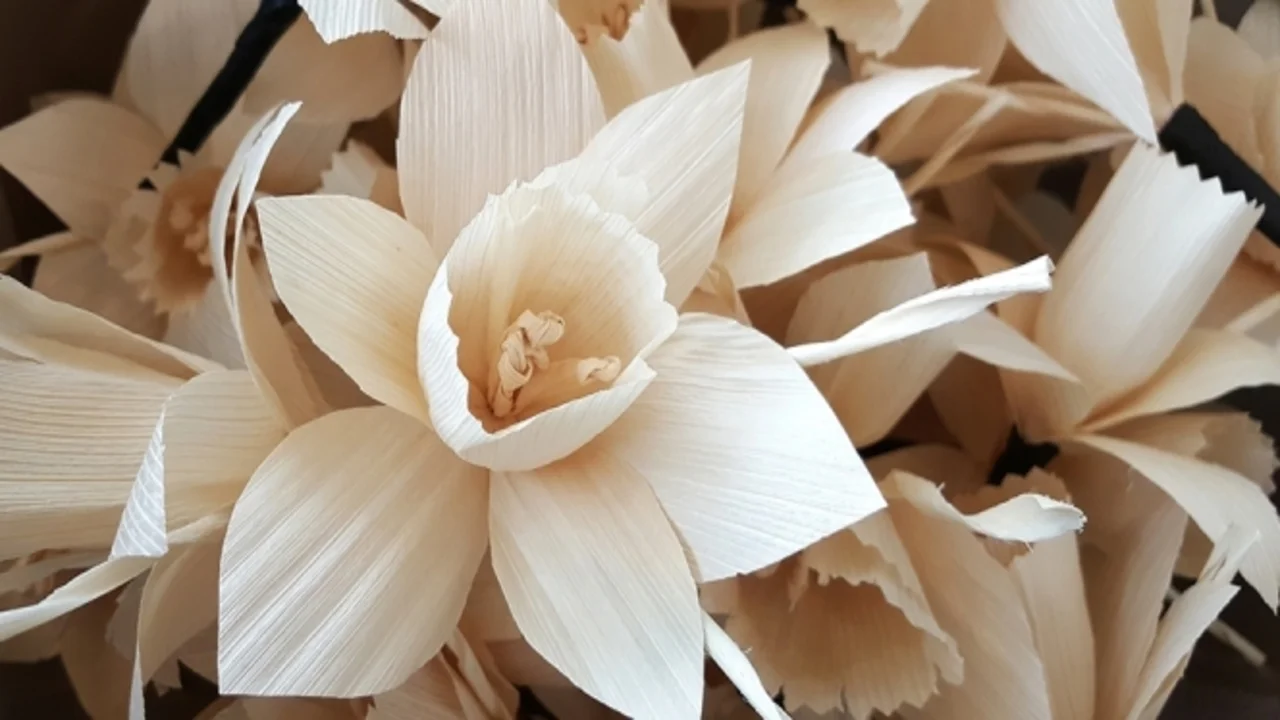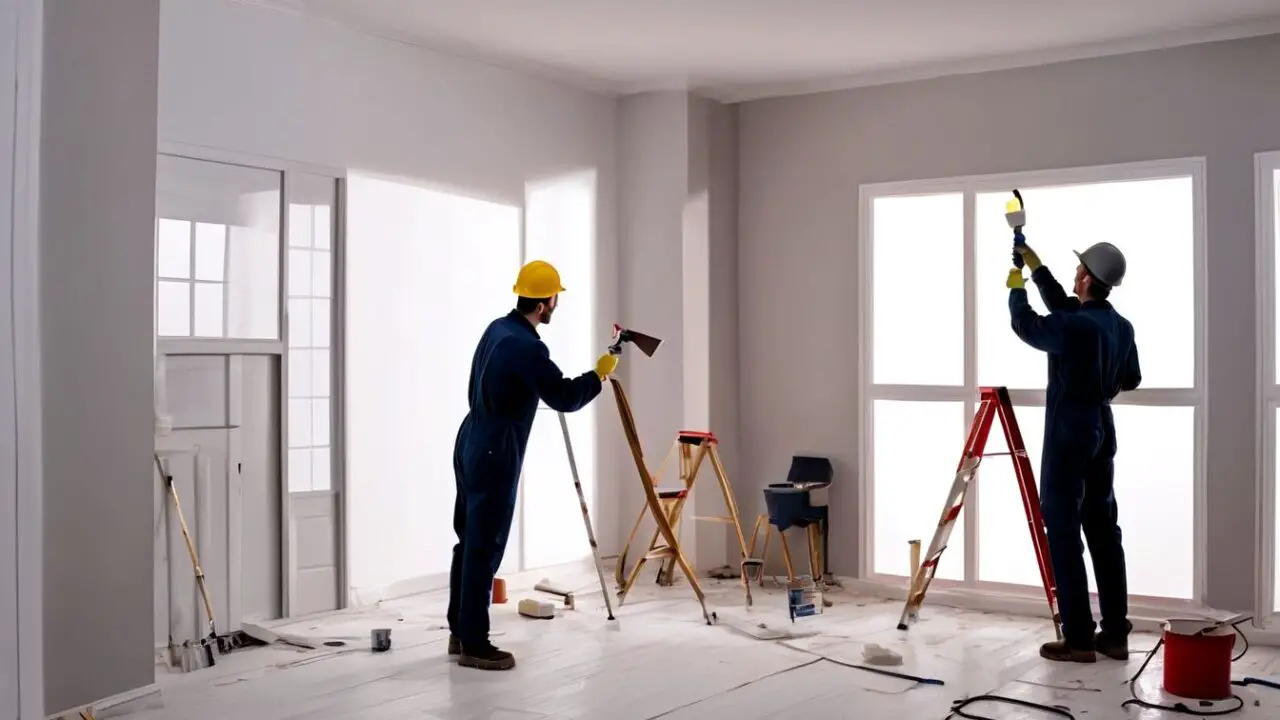PVC pipes are a popular choice for plumbing systems due to their durability, cost-effectiveness, and versatility. However, during cold weather conditions, PVC pipes are susceptible to freezing, which can cause cracks or even burst pipes. To safeguard against such issues, one reliable solution is to utilize heat tape on PVC pipes. In this article, we will delve into the step-by-step process of using heat tape on PVC pipes to prevent freezing and potential damage. So, let’s get started!
Understanding Heat Tape
Heat tape, also known as heat cable or heat trace, is an electrical heating element designed to provide a regulated amount of heat to pipes to prevent freezing. It consists of a flexible cable with a built-in heating element, encased in a protective outer layer. Heat tape comes in different lengths and power ratings, so ensure you choose one that suits the specific requirements of your PVC pipe.
Step-by-Step Guide For How To Use Heat Tape On PVC Pipe
Step 1: Preparation
Before you begin, gather all the necessary materials, including heat tape, electrical tape, insulation, a measuring tape, a power source, and a utility knife. Read the manufacturer’s instructions that accompany the heat tape carefully to understand its specific requirements.
Step 2: Inspect the Pipe
Examine the PVC pipe thoroughly to ensure it is in good condition. Look for any existing cracks, leaks, or other damage. If you find any, repair them before proceeding with the heat tape installation.
Step 3: Measure the Pipe
Using a measuring tape, determine the length of the PVC pipe you intend to cover with heat tape. It is crucial to measure accurately to ensure you purchase the appropriate length of heat tape.
Step 4: Choose the Right Heat Tape
Select a heat tape that matches the length of the measured pipe. Additionally, consider the power rating of the heat tape, which should be suitable for the climate and temperature conditions in your area. If you are uncertain about which heat tape to choose, consult a professional or the manufacturer for guidance.
Step 5: Wrap the Heat Tape
Begin by locating the power cord of the heat tape, which is often attached to one end. Unroll the heat tape along the length of the PVC pipe, ensuring it follows a consistent and even spiral pattern. Be cautious not to overlap or leave any gaps in the heat tape.
Step 6: Secure the Heat Tape
Once you have wrapped the heat tape around the PVC pipe, secure it in place using electrical tape. Ensure the tape is tight enough to prevent movement or sliding of the heat tape. Electrical tape acts as an additional layer of protection and helps maintain the proper positioning of the heat tape.
Step 7: Insulate the Pipe
To maximize the efficiency of the heat tape, insulate the PVC pipe by wrapping it with insulation material. Insulation helps retain the heat generated by the heat tape, preventing it from dissipating into the surrounding environment. Use insulation sleeves or foam pipe insulation, which are readily available at hardware stores, and wrap them securely around the pipe.
Step 8: Connect to Power
Locate an appropriate power source near the PVC pipe to connect the heat tape. Ensure the power outlet or junction box is weatherproof and designed for outdoor use. Follow the manufacturer’s instructions for connecting the heat tape to the power source, making sure to observe all electrical safety guidelines.
Step 9: Test the Heat Tape
After connecting the heat tape to the power supply, it is crucial to test its functionality. Allow the heat tape to operate for a sufficient amount of time and monitor the temperature of the PVC pipe. Verify that the heat tape is generating the required amount of heat to prevent freezing. If any issues arise during the testing phase, double-check the installation steps or consult a professional for assistance.
Step 10: Regular Maintenance
Once the heat tape is installed and operational, it is important to conduct periodic maintenance checks. Inspect the heat tape and PVC pipe for any signs of damage, wear, or malfunction. Keep the area surrounding the pipe clear of debris and ensure the insulation remains intact.
Conclusion
By following these step-by-step instructions, you can effectively utilize heat tape to protect PVC pipes from freezing during cold weather conditions. Remember, proper installation and regular maintenance are vital to ensure the continued functionality of the heat tape. By safeguarding your PVC pipes, you can prevent costly damage and enjoy a reliable plumbing system all year round. Stay warm, stay safe!

















